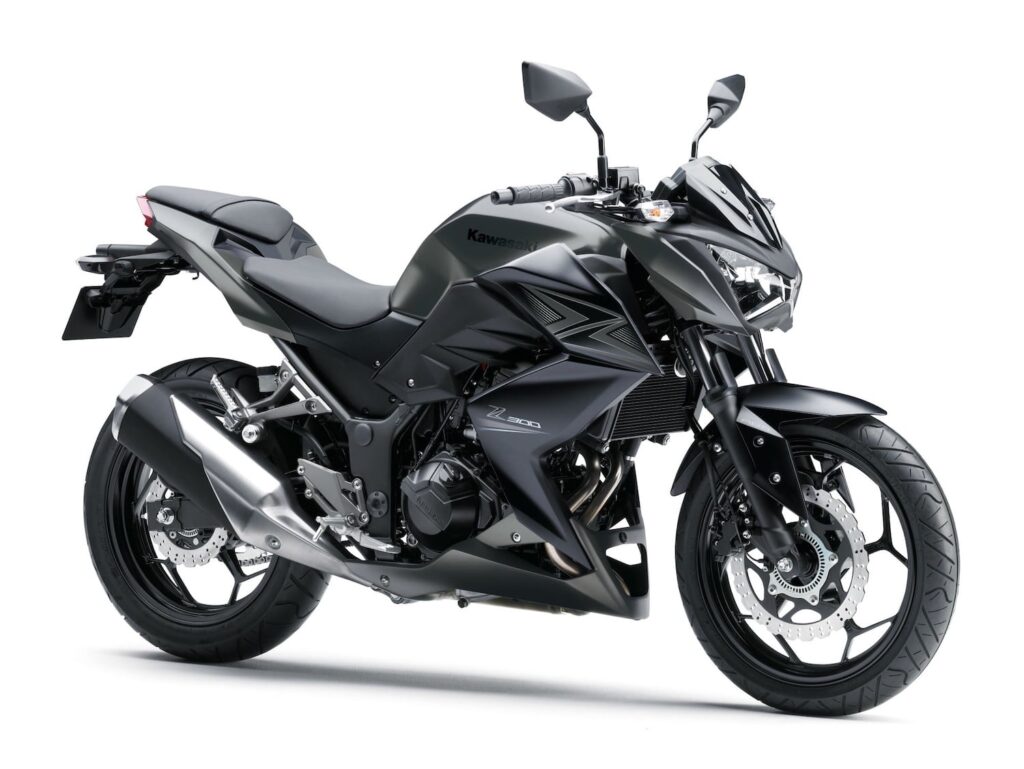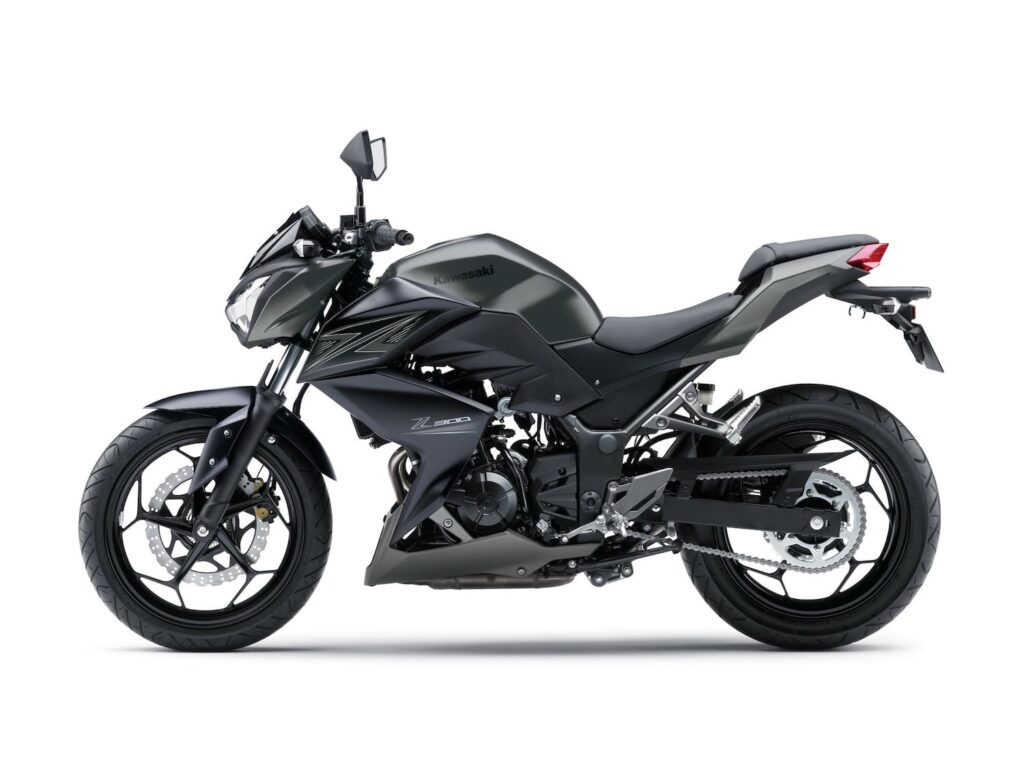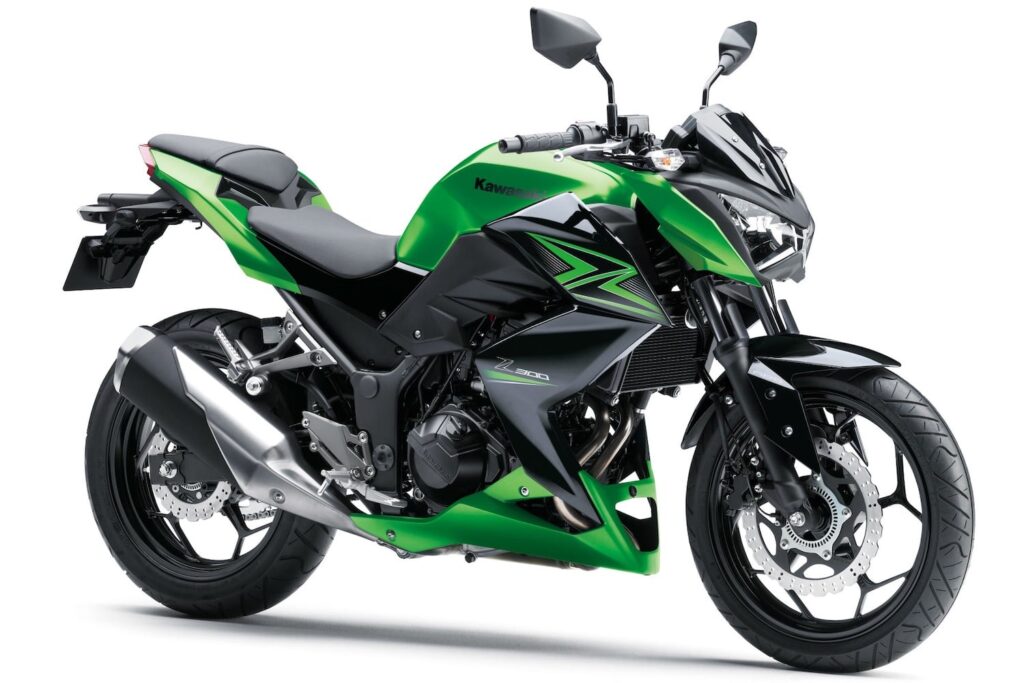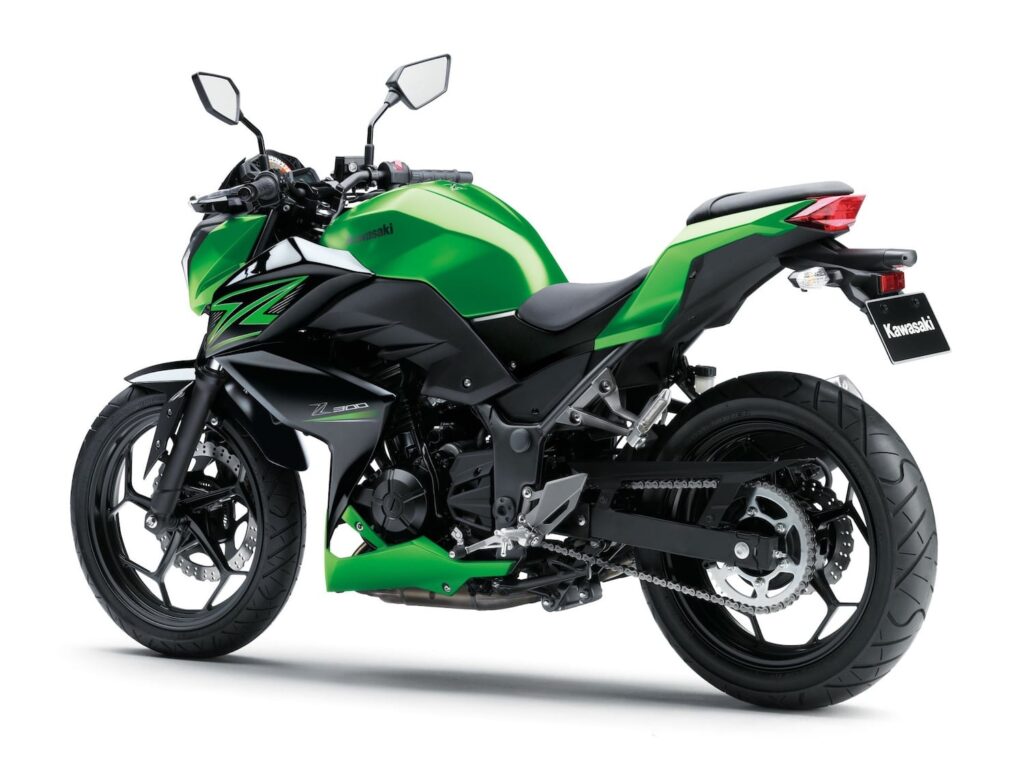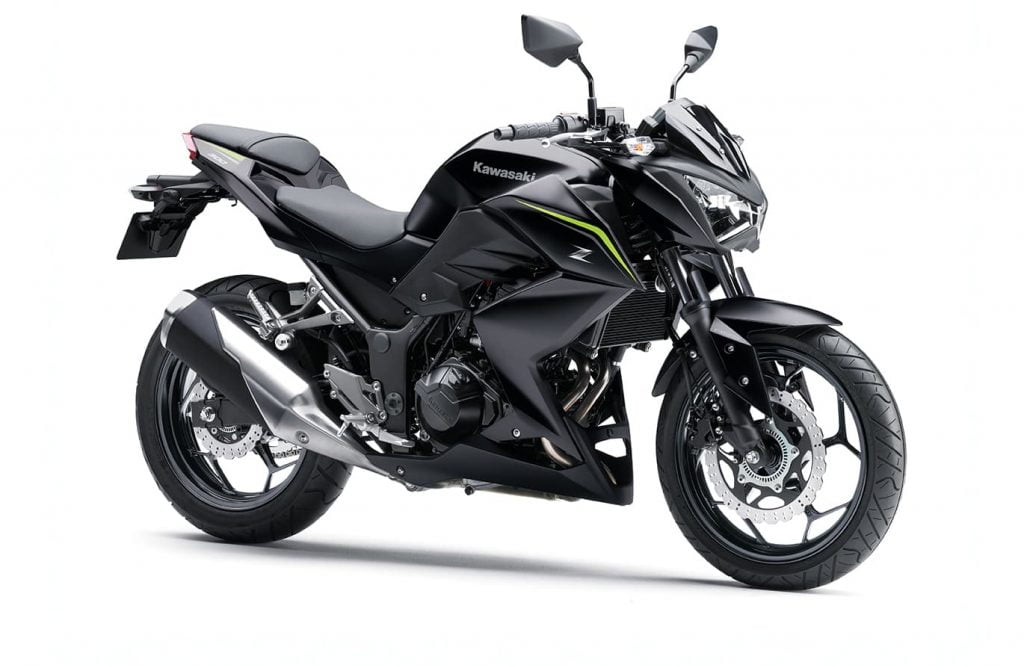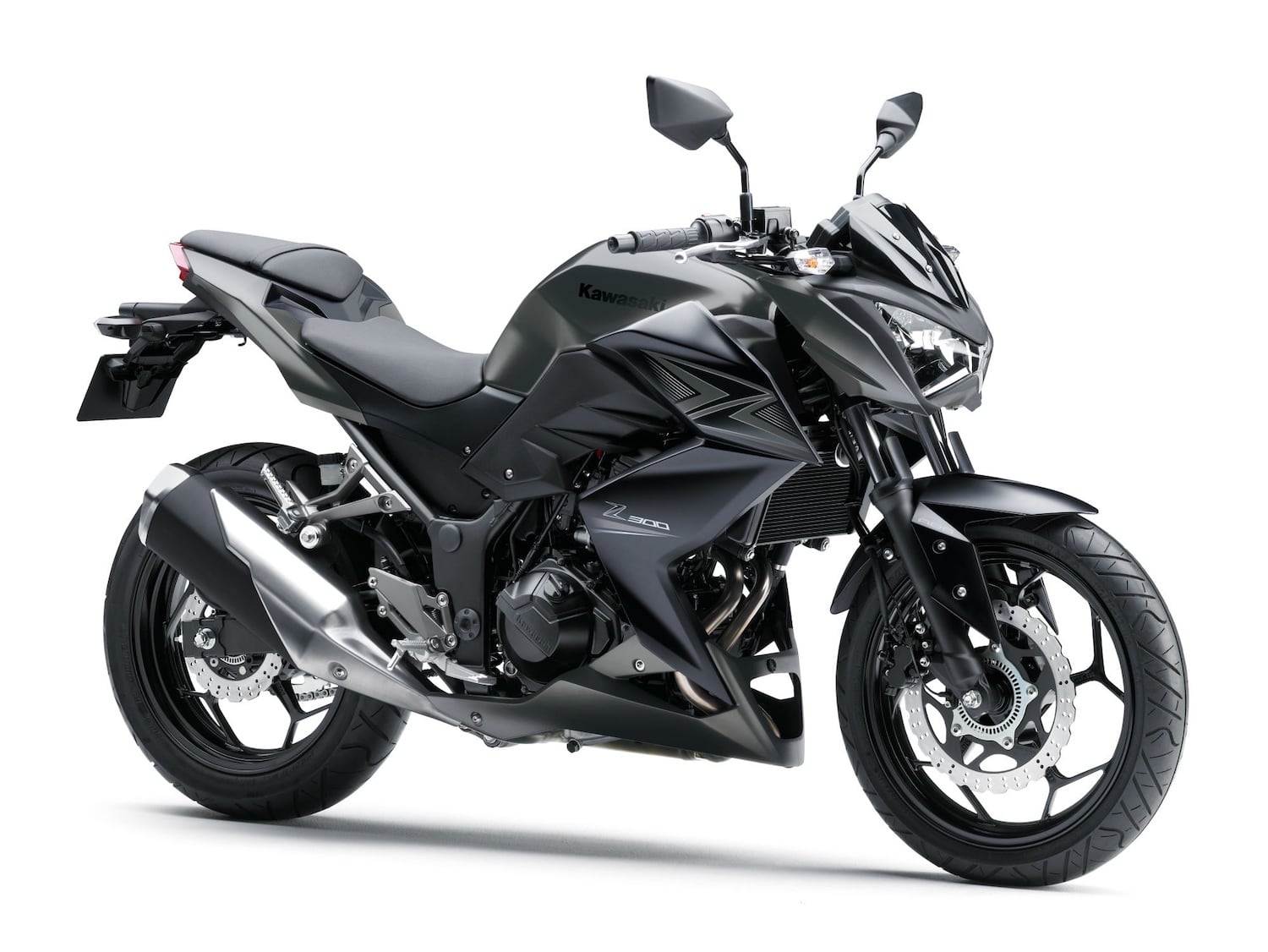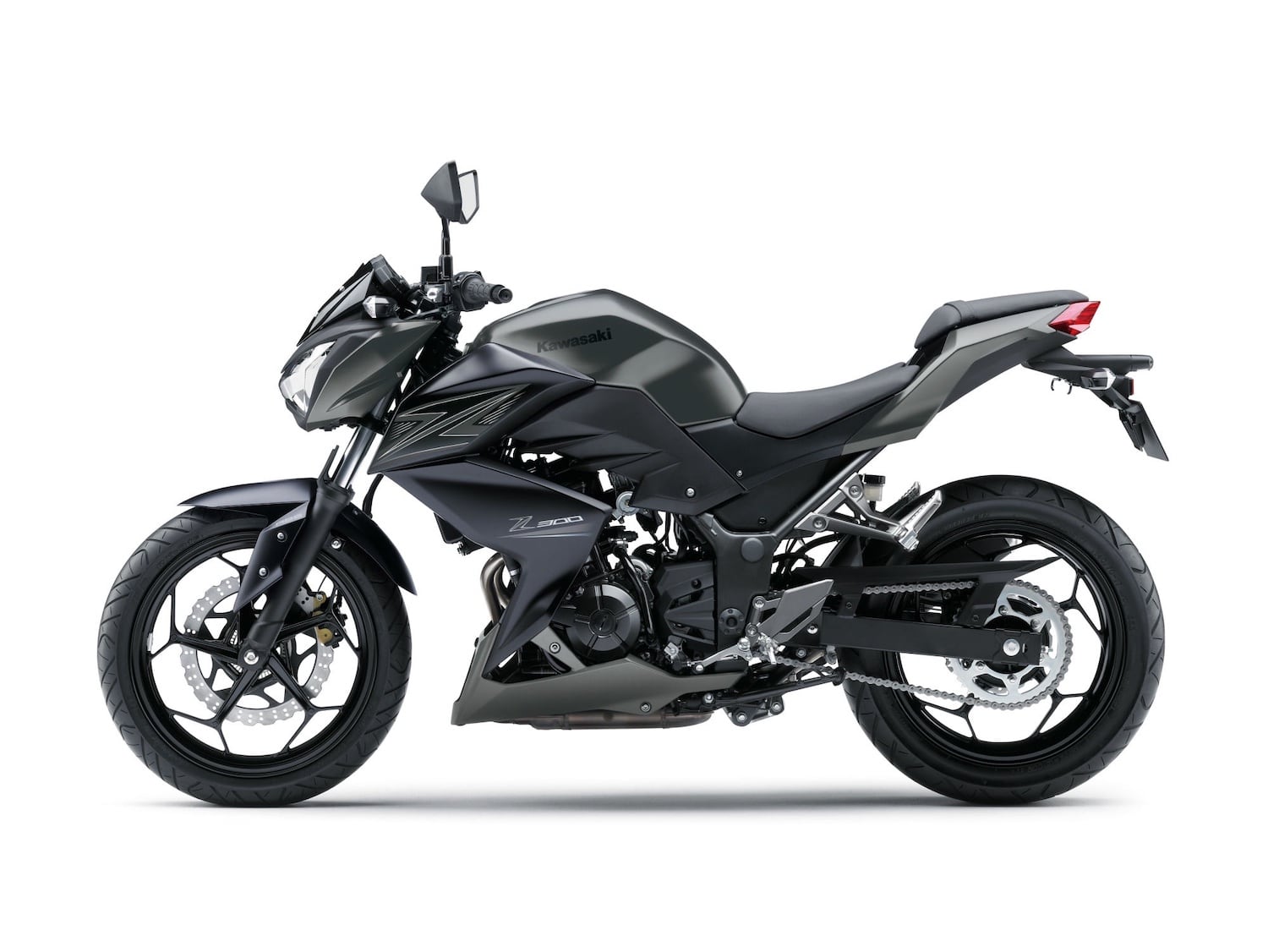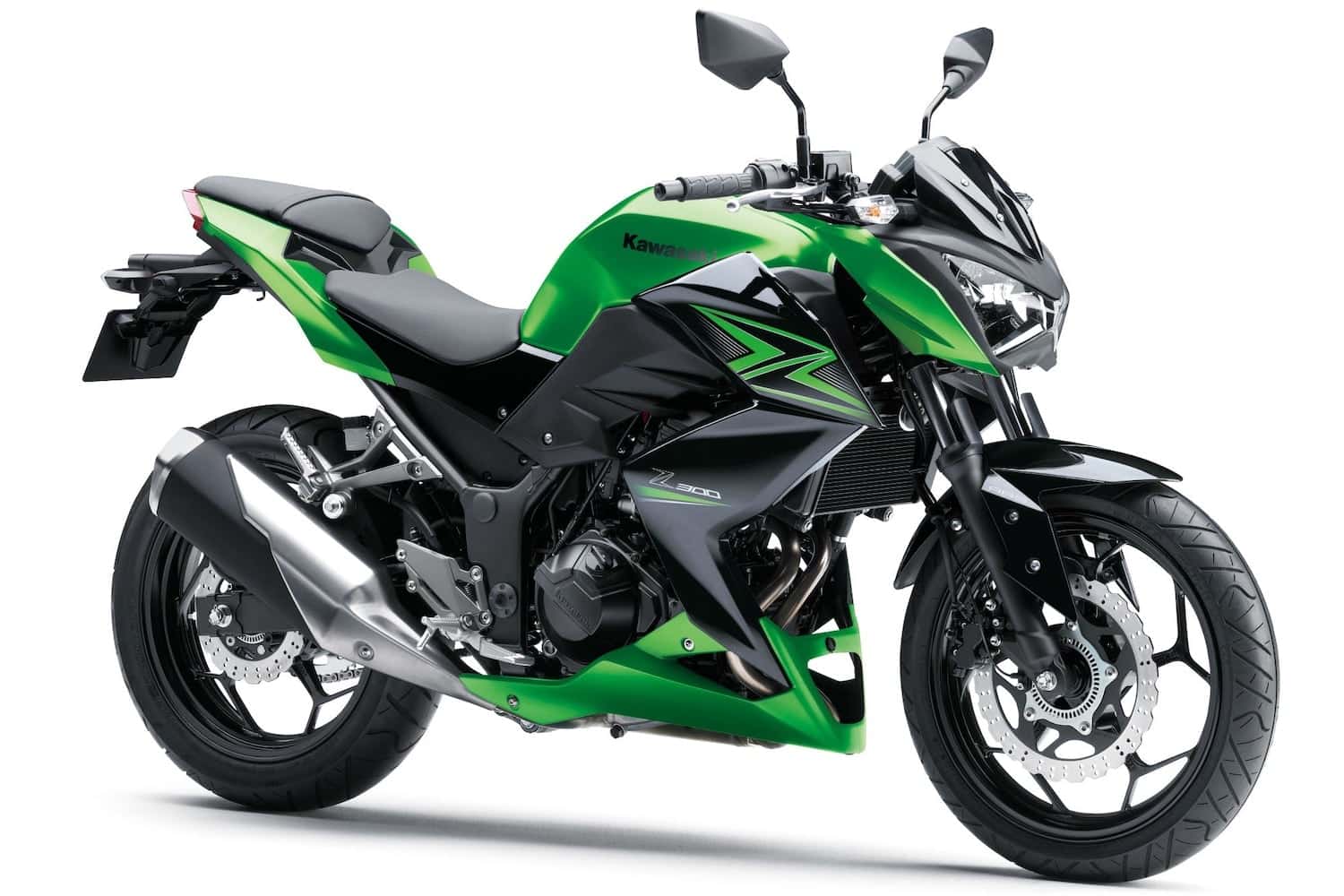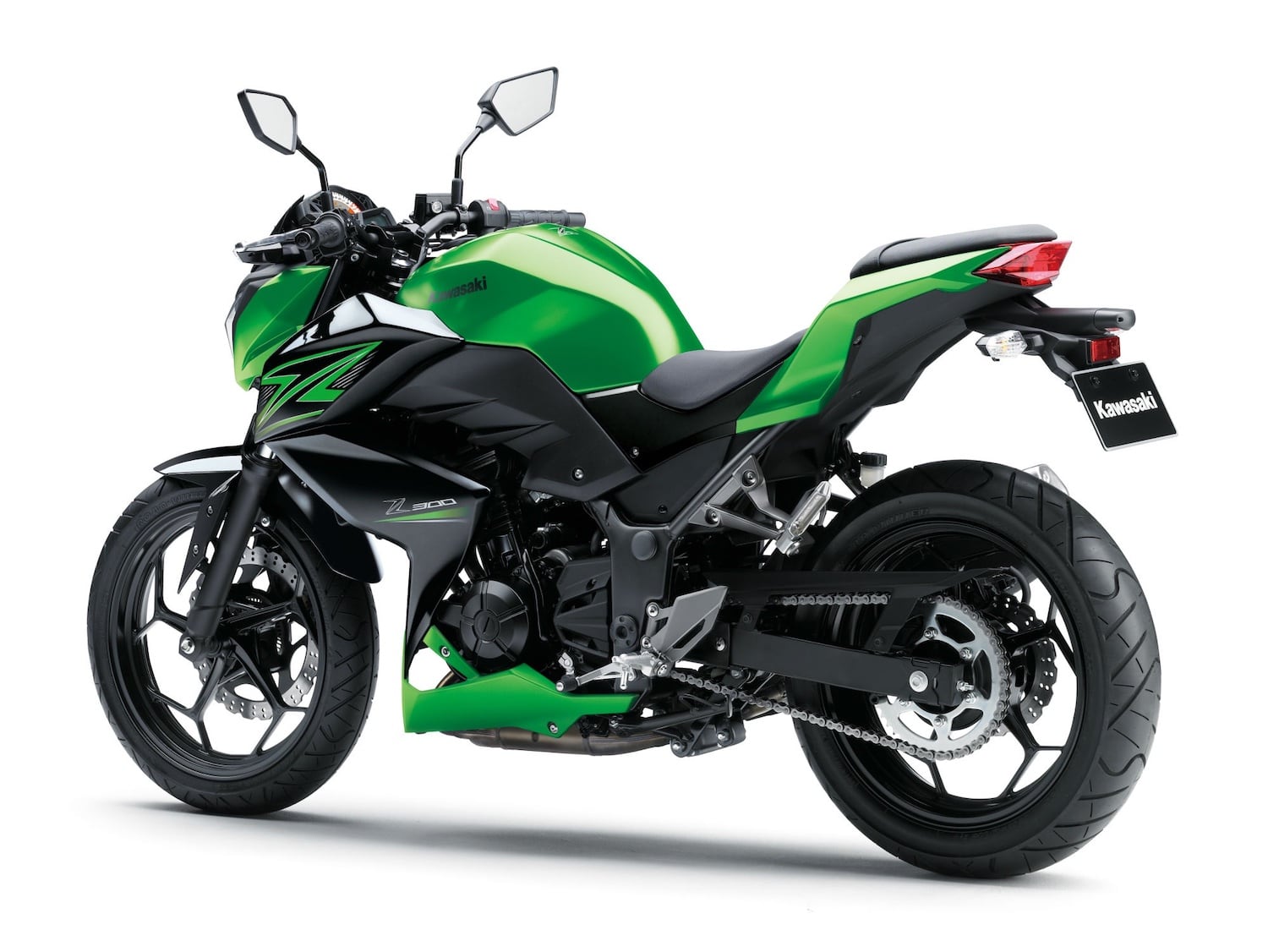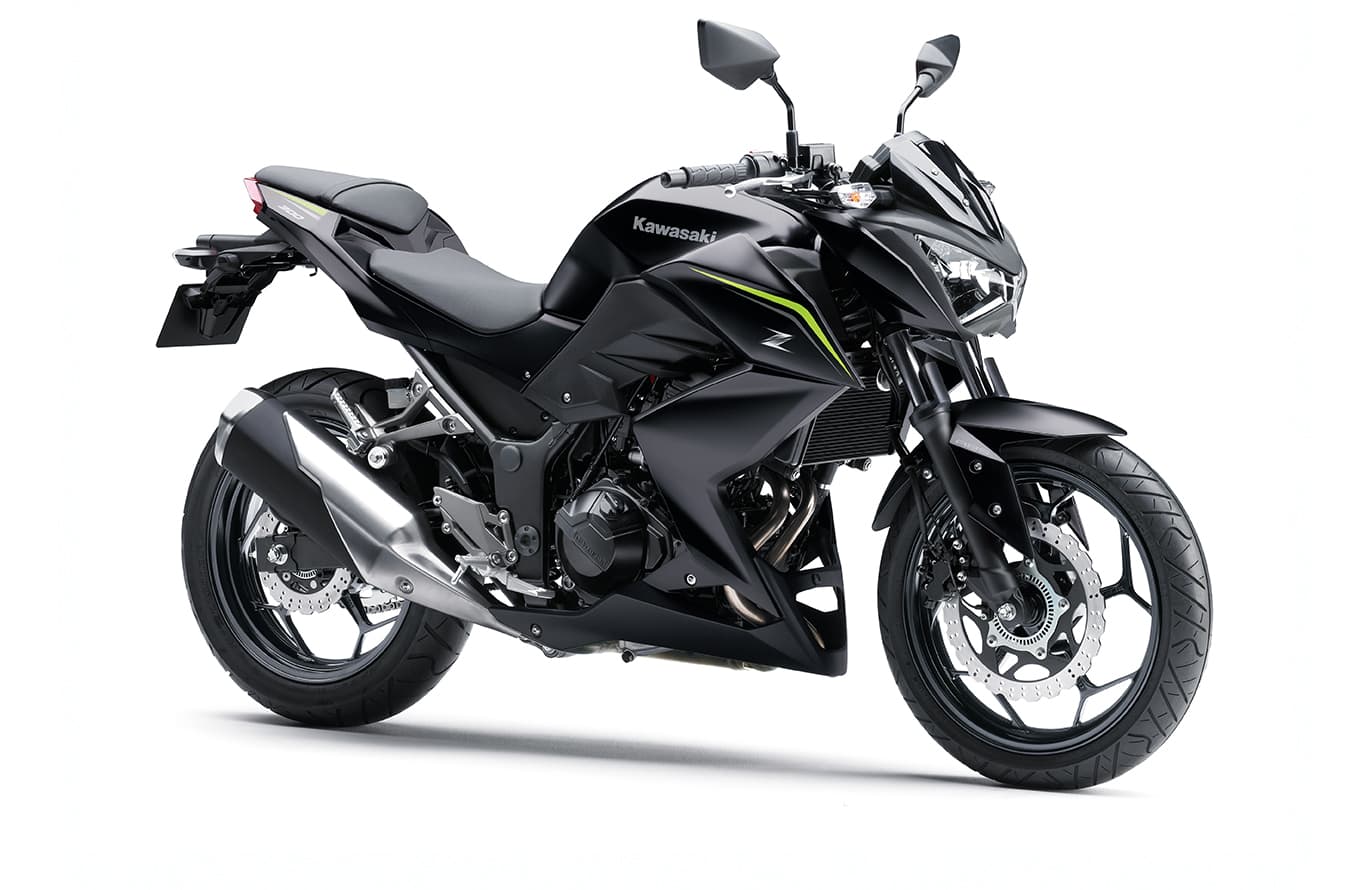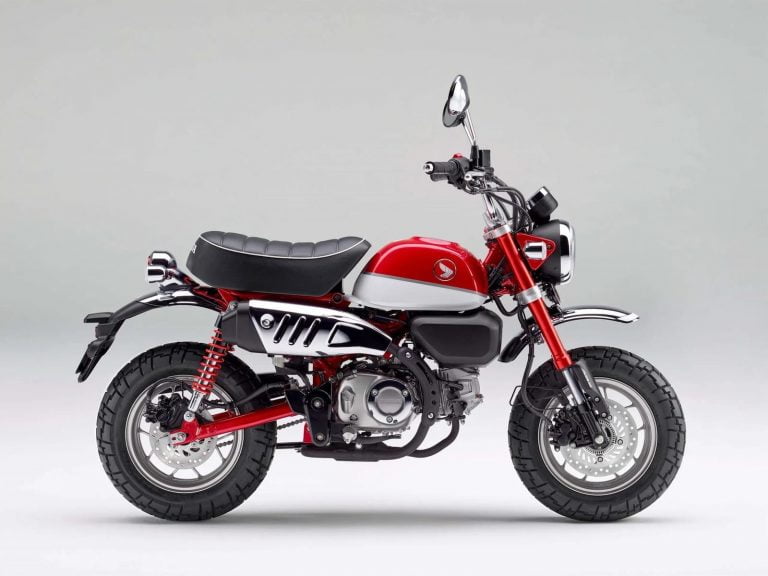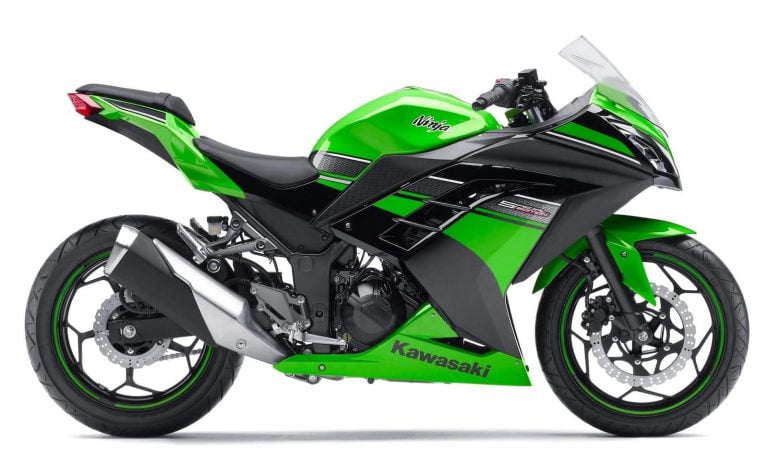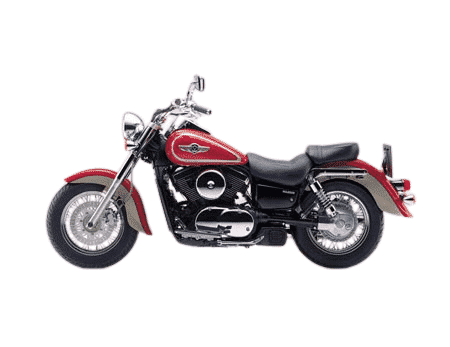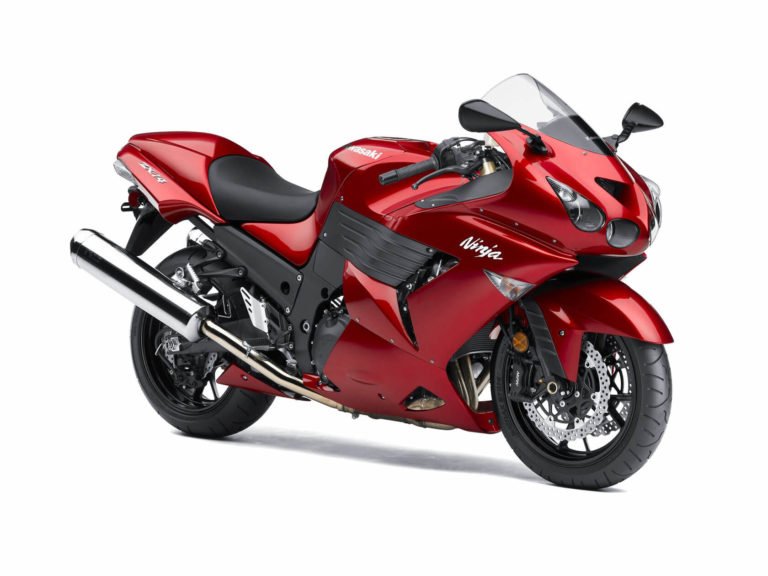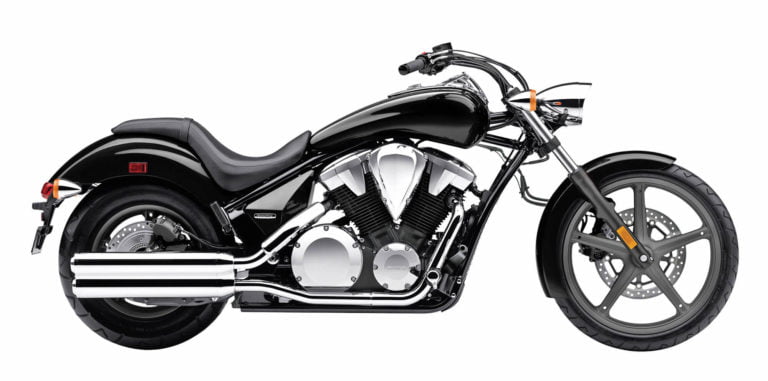Kawasaki Z300 (2015-2017) Maintenance Schedule and Service Intervals
This is the maintenance schedule with associated service intervals for the Kawasaki Z300, sold between 2013 and 2017, after which it was replaced with the Z400 (which is a very different bike, but whose maintenance is quite similar).
This maintenance schedule is similar/essentially identical for the Ninja 300 — the Z300 is the naked version of the Ninja. It’s also the same for the ABS versions.
The Kawasaki Z300 is a motorcycle in the Z sport bike series, at the top of which these days are the Z900 and Z1000. It has a similarly standard position to the Ninja 300, but different styling for those who prefer a more “naked” look, and want less fairings in the way of doing maintenance.
Originally published Jan 21 2021, but significantly revamped since.
This site has links for things like oil and spark plugs from which we earn a commission (which unfortunately nobody can save, not even us). If you appreciate this work, then please use those links. Thanks!
Kawasaki Z300 Service Intervals
Maintaining the Z300 isn’t too difficult. The main services are every 7600 miles / 12000 km, at which point you change the oil and spark plugs, inspect the air filter, and also do a valve service.
Yes, the valve services are quite frequent, but there are only two pistons, in one cylinder block, and the engine is mostly exposed so you don’t have to remove too much to get to it.
The Z300’s engine is liquid-cooled, so make sure you keep the coolant fresh, replacing it every 2 years. You can do this at the same time as replacing the brake fluid.
Finally, the Kawasaki Z300 has a chain final drive, so regularly check the wear and the chain tension, adjusting as necessary.
What you need to service the Kawasaki Z300
| Part | Kawasaki 300 series spec |
|---|---|
| Oil | You need 2.2L (2.3 US qt) of SAE 10W-40 engine oil (manual says mineral, semi-synthetic, and full synthetic are all OK). Motul 5100 10W-40 is a popular choice.. Don’t over-torque the drain bolt (spec is 30 Nm/22 lb-ft per the manual) — use a torque wrench if you don’t have experience with how much torque is enough. |
| Oil filter | Oil filter is part 16097-0008, or you can use Hiflofiltro HF303RC. Torque for oil filter is 17.5 Nm (12.9 ft-lb) (use a torque wrench, and it’s easier on the K&N one) |
| Chain lubricant | The chain needs to be lubricated every 600 km/400 miles (or more, if it gets wet/dirty). Motul chain paste is cheap and well-loved. |
| Cable lubricant | Remember to lubricate your clutch cable (and brake cables if you have them) with a cable lubricant. Protect All Cable Life is a good general-purpose lubricant. |
| Brake fluid | Spec is to use DOT 4 brake fluid. |
| Coolant | Use 1.5L (about 1.6 US qt) of ethylene glycol pre-mix coolant with a 50% mixture. |
| Front brake pads | Genuine part number for front brake pads is 43082-0081 for Ninja 300/400. Get double-sintered EBC brake pads for better bite and wear — code FA197HH. |
| Rear brake pads | Genuine part number for rear brake pads is 43082-0128 (or same as front… same pads!). Get double-sintered EBC brake pads for better bite and wear — code FA197HH. |
| Spark plugs | NGK CR8E, with a spark plug gap of 0.7-0.8mm (use a spark plug gapping tool), torqued to 13 Nm or 9 ft-lb (use a torque wrench) |
| Air filter | Genuine part number is 11013-0020. You can also use the K&N equivalent KA-2508. |
| Grease | Use a lithium soap-based grease for all the important greasing points. |
Maintenance Schedule for Kawasaki Z300
Below is the maintenance schedule for the Kawasaki Z300.
The following is the list of maintenance operations and to be done on this motorcycle with a time or distance interval — whichever comes earlier.
Notes
- Service the brakes and chain more often if riding the Z300 aggressively or in lots of stop-start traffic.
- I = Inspect, R = Replace, L = Lubricate
| mi x 1000 | 3.8 | 7.6 | 11.4 | 15.2 | |
|---|---|---|---|---|---|
| km x 1000 | 6 | 12 | 18 | 24 | Every |
| Engine oil (Motul 5100 10W-40 etc.) and oil filter (HF303RC) | R | R | Year: R | ||
| Air filter (KA-2508) | I | I | 2 years: R | ||
| Spark plugs (CR8E) | R | R | |||
| Valve clearances | I | I | |||
| Idle speed | I | I | |||
| Throttle control system (play, smooth return, no drag) | I | I | Year: I | ||
| Engine vacuum synchronization | I | I | |||
| Fuel system | I | I | Year: I | ||
| Fuel hoses | 5 years: R | ||||
| Evaporative emission control system (CA model only) | I | I | I | I | |
| Coolant level | I | I | |||
| Cooling system | I | I | Year: I | ||
| Coolant, water hoses, and O-rings | 3 years or 22500 mi / 36000 km: R | ||||
| Air suction system | I | I | |||
| Clutch operation (play, engagement, disengagement) | I | I | |||
| Tire air pressure | I | I | Year: I | ||
| Wheels and tires | I | I | Year: I | ||
| Wheel bearing damage | I | I | Year: I | ||
| Drive chain wear | I | I | |||
| Drive chain guide wear | I | I | |||
| Brake system | I | I | I | I | Year: I |
| Brake fluid level | I | I | I | I | 6 months: I |
| Brake fluid (front and rear) (Castrol DOT 4) | R | 2 years: R | |||
| Brake hose | 4 years: R | ||||
| Rubber parts of brake master cylinder and caliper | 30000 mi / 48000 km or 4 years: R | ||||
| Brake pad wear | I | I | I | I | |
| Brake light switch operation | I | I | I | I | |
| Suspension system | I | I | Year: I | ||
| Lubrication of rear suspension | L | ||||
| Steering play | I | I | Year: I | ||
| Steering stem bearings | I | I | 2 years: L | ||
| Chassis parts | L | L | Year: L | ||
| Condition of bolts, nuts, and fasteners | I | I |
Maintaining Your Chain on the Kawasaki Z300
As the Kawasaki Z300 is a bike you’re likely to use every day for regular errands and commuting, it’s important to pay attention to the chain for safety as well as performance reasons.
To keep it lubricated, use a good-quality chain lubricant like Motul chain paste, or a Motul chain care kit which comes with a couple of handy tools to maintain the chain.
Kawasaki recommends you follow the following chain maintenance schedule:
| Chain maintenance item | Every |
|---|---|
| Check drive chain lubrication condition, lubricating if necessary (Motul chain paste) | 400 mi / 600 km |
| Check drive chain slack, adjusting if necessary Target chain slack at centre of chain: 20-30mm | 600 mi / 1000 km |
Notes:
- Do these items (checking/adjusting slack, and checking/applying lubrication) more often if you ride your Z300 in dusty or rainy conditions.
- Always lubricate the chain after washing the motorcycle.
Tire size and tire pressure for the Kawasaki Z300
Standard, the Z300 shipped with IRC Road Winner tires, but any street/sport tires should suit.
Here are the dimensions plus the recommended tire pressures (cold).
| Wheel | Tire size | Tire pressure (cold) |
|---|---|---|
| Front | 110/70-17 M/C 54S | 28 psi / 200 kPa / 2 bar |
| Rear | 140/70-17 M/C 66S | 32 psi / 225 kPa / 2.5 bar |
About the Kawasaki Z300
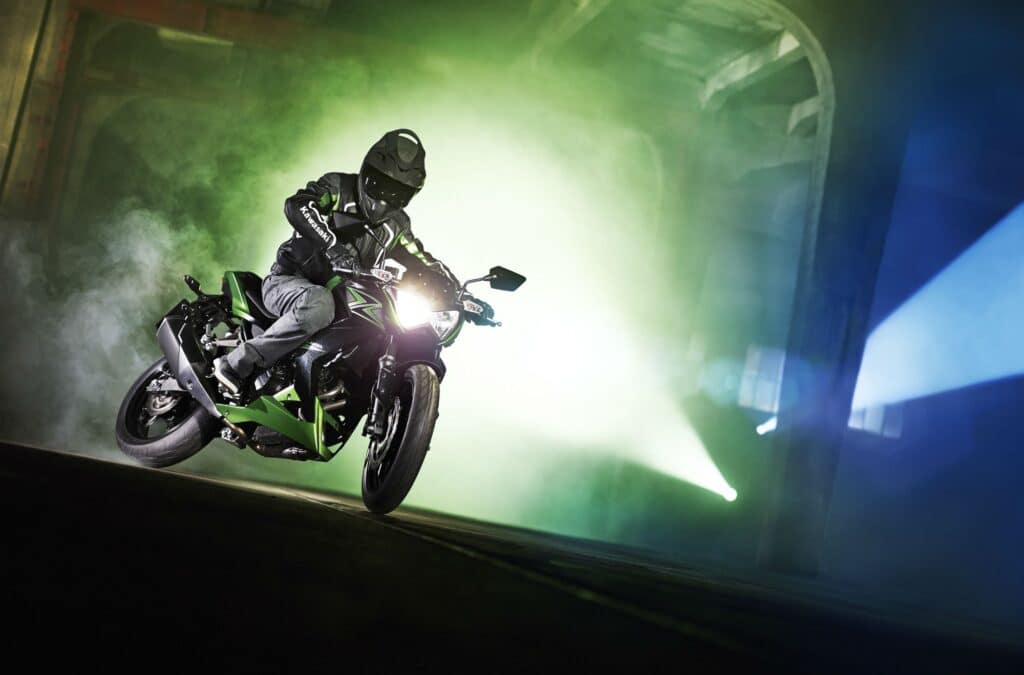
The Kawasaki Z300 is the naked version of the Kawasaki Ninja 300. Because the Ninja, despite being a faired bike, already has quite an upright position, the Z300’s main difference is that it doesn’t have a fairing.
The Kawasaki Z300 is lightweight and agile with a 296cc parallel twin that delivers nearly 40 hp at 11000 rpm, with a redline at 13000 rpm. Quite high, especially for a twin.
Plus, the Z300 is geared quite aggressively, which means that on launches you can get the front wheel up quite easily, despite the engine not being that torquey (compared to bigger displacement ones).
Like others in the Ninja and Z series with parallel twin engines, the Z300 has a natural “sporty” riding position and comfortable ergonomics. This makes it really pleasant to commute with. If you don’t do much road racing or track work, you might think the Z looks more “appropriate”.
Where the Z may fall over is on longer commutes. With no fairing, it’s not ideal for highway time. I’d say it’s best suited for under 20 km / 15 miles or so, especially if you only have short stints over 60 mph / 100 km/h.
The Kawasaki Z300 looks great, too, especially in green or Kawasaki racing colours. Or black!
Since the Kawasaki Z300 was superseded by the Kawasaki Z400 (an all-round better bike — both more powerful and lighter), they’re becoming increasingly available on the used market.
The Z300’s engine is quite mild down low, and you have to spool it up to 4-5000 rpm to really feel a bit of pull.
Most bikes in this class, like the 390 Duke or the Honda CB300, are singles, so it’s a pleasant change to have a parallel twin. It has a different vibe to it, with more of a revvy sound and feels quicker to spool up.
The performance of the Kawasaki Z300 isn’t bad either. You can get a 0-100 km/h or 0-60 mph of under 5 seconds, but be quick with the shifter (or dare to do clutchless upshifts).
Kawasaki no longer makes the Z300 in most western markets, but still uses the same engine in the Kawasaki Versys 300.
Manual for the Kawasaki Z300
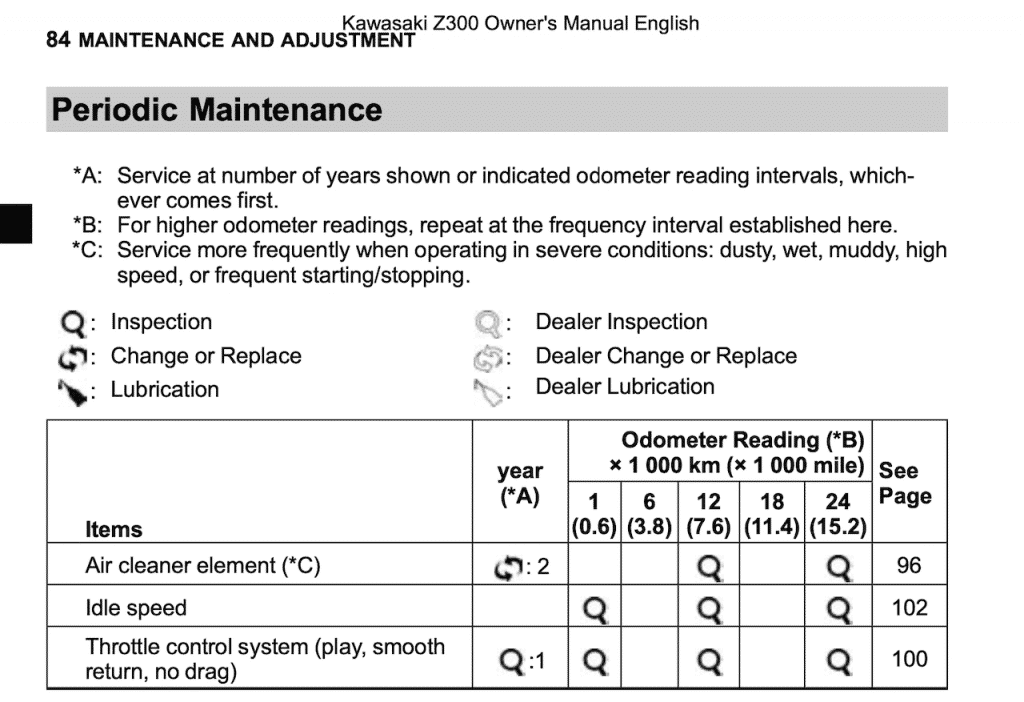
The above maintenance schedule comes directly from the user’s manual for the Kawasaki Z300, which is available directly from Kawasaki.
